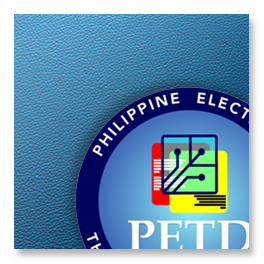The Decline of Home Economics in Zambian Basic Schools: The Case of Lusaka District
Abstract: Home economics education in Estonia has gone through remarkable developments within recent decades. Its content has widened and the learning approach in the curriculum has changed. Thus, meeting the requirements set by the curriculum can be challenging for the teachers. To support teachers in implementing the curriculum, there is a need to understand how students act in solving various tasks in home economics lessons. The overall aim of this study is to develop current teaching practices through students’ interaction in home economics lessons. Therefore, it was carried out simultaneously with the collaborative development of new home economics lessons. Data were gathered from four study groups (7th grades) in one Estonian comprehensive school. The recordings of the group work discussions (n=11) form the foundation for analysing students’ interthinking. Additional data (e.g. students’ feedback and teacher’s reflections) was used to complement findings. Socio-cultural discourse analysis was applied to study how students use language as a tool for solving tasks in interaction. The concepts of interthinking and gap-closing process were used to analyse what kind of talk students use in group work situation; what are the critical moments they face in that process; and what are the tools that give students cues for solving critical moments. In addition, trajectories of students’ interthinking during cognitive and practice-oriented group work tasks were explored. The deepness of students’ interthinking varies when solving group work tasks. The key factors, which influence the deepness of students’ discussions, are their learning skills. Insufficient skills hinder the quality of talk between peers and thereby also students learning in their zone of proximal development. Students face various critical moments during the group work process and the main source of help in these situations is another group member or the teacher. This confirms that language is used as a tool to mediate information and knowledge. However, home economics learning environment offers various other tools, too, which give students cues for solving tasks. Having the skills to use given tools, improves students’ learning in interaction both in cognitive and practice-oriented learning tasks in home economics lessons.
Related Resources
This dissertation demonstrates that Sarah Orne Jewett’s The Country of the Pointed Firs (1896), Mary Hunter Austin’s The Land of Little Rain (1906), Kate Chopin’s The Awakening (1899), and Mary Wilkins Freemans The Portion of Labor (1903) exemplify the radical politics and...
This thesis examines the relationship between photography and sociology as offering complementary ways of understanding ourselves and the world we live in. Drawing from the work of Pierre Bourdieu and Raymond Williams, I examine the idea of a ‘field’ of photography within the field of...
